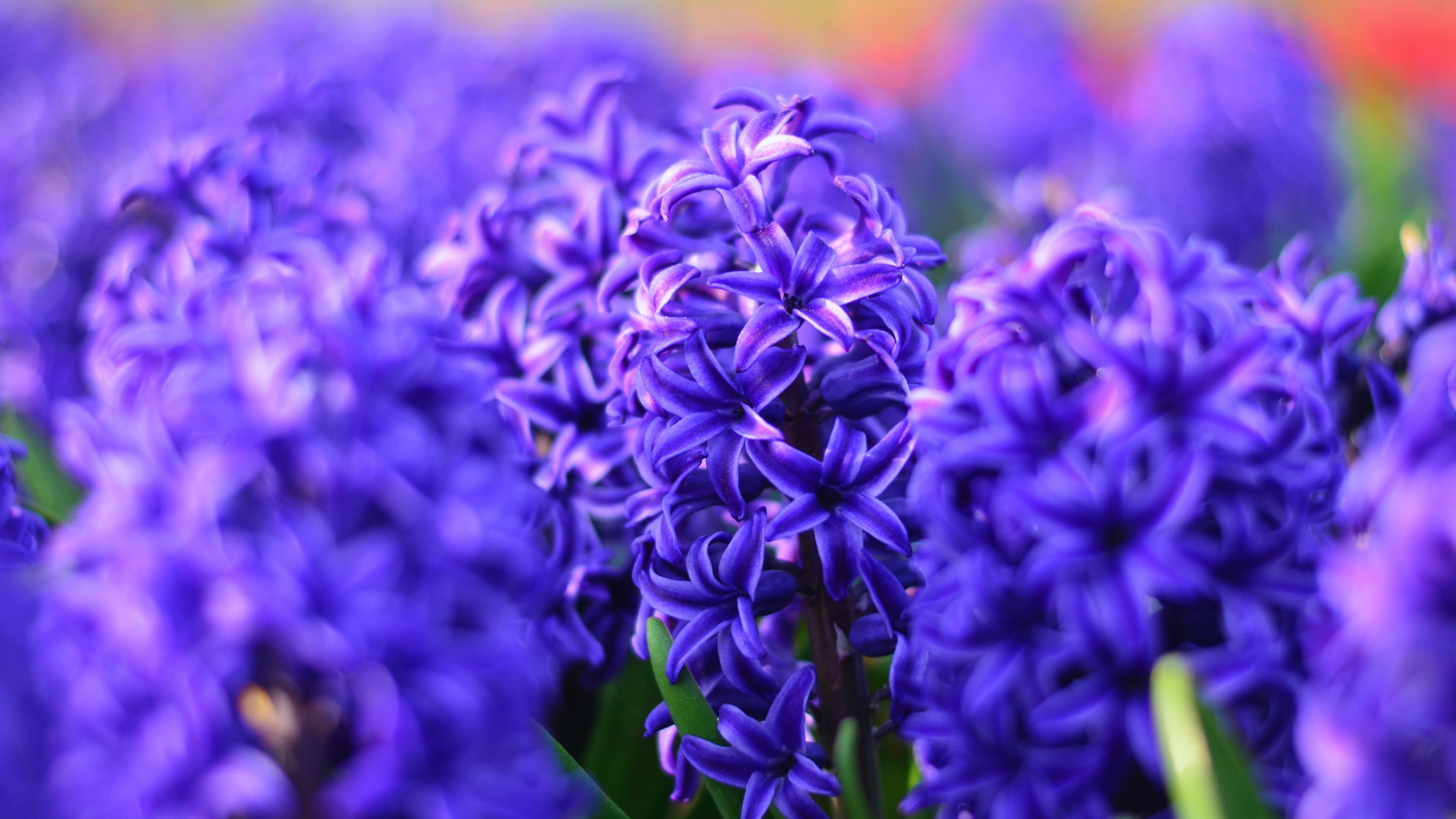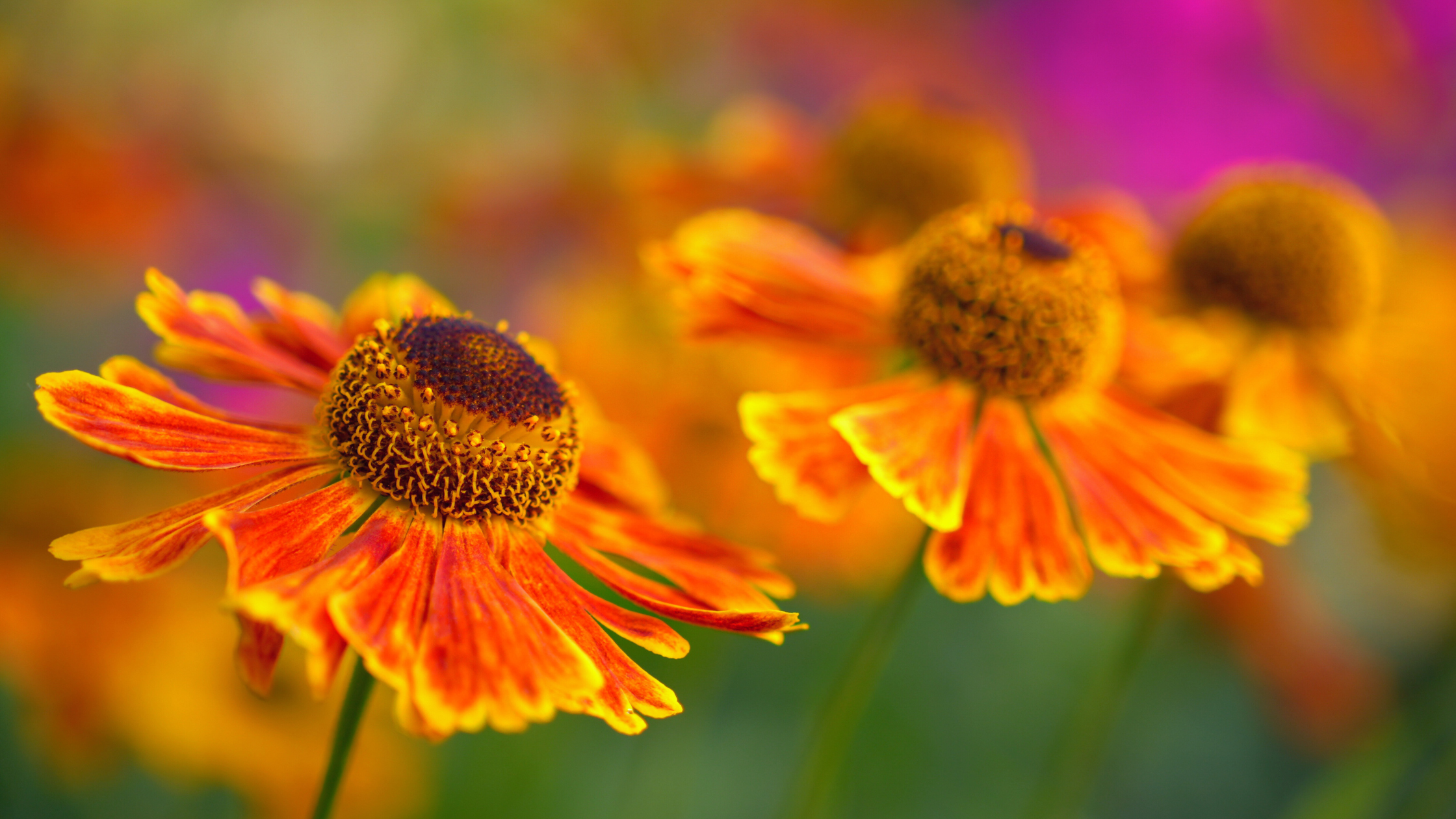As the crisp autumn air looms, now is the perfect time to think ahead about planting fall bulbs for a colorful spring display. Planting bulbs in the fall allows them to establish roots before the winter, leading to robust and vibrant blooms when spring arrives. This guide will cover everything you need to know to get started, from selecting the right bulbs to planting tips, ensuring your garden bursts with life after the winter thaw.
1. Choosing the Right Bulbs:
The first step in planting fall bulbs is selecting the right varieties for your garden. Popular fall-planted bulbs include tulips, daffodils, crocuses, hyacinths, and alliums. These bulbs are known for their hardiness and ability to withstand cold winters, making them perfect for fall planting. When choosing bulbs, look for firm, healthy ones without any signs of mold or rot.
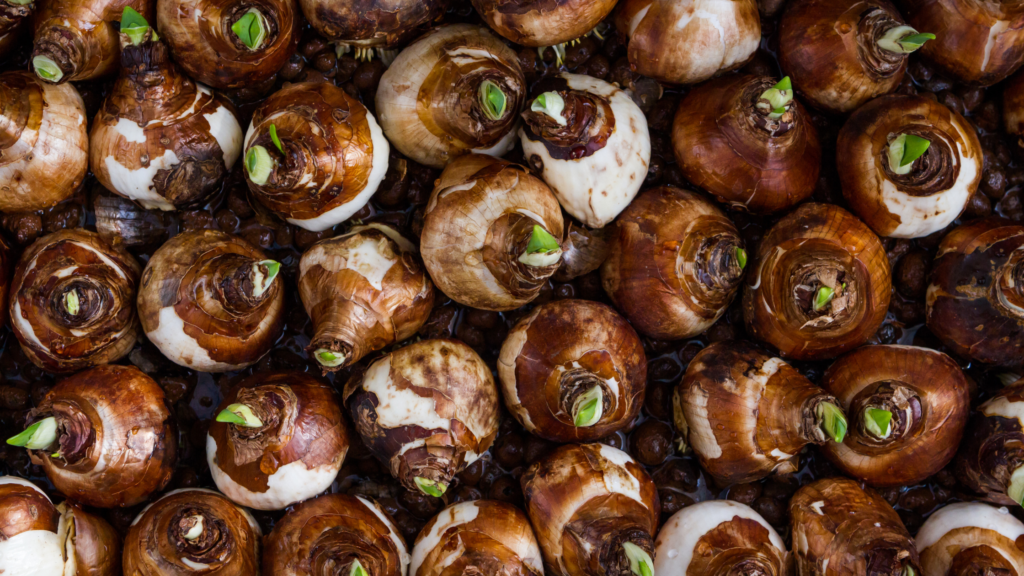
2. Preparing the Soil:
Good soil preparation is crucial for the success of your bulbs. Choose a location with well-drained soil that receives plenty of sunlight. Before planting, loosen the soil to a depth of about 8-12 inches and mix in organic matter like compost to improve drainage and fertility. Avoid planting bulbs in areas where water tends to pool, as this can cause them to rot.
3. Planting Depth and Spacing:
Planting depth is key to ensuring your bulbs bloom successfully. As a general rule, plant bulbs at a depth that is three times their height. For example, if a bulb is 2 inches tall, it should be planted 6 inches deep. Space the bulbs according to the recommendations for each type—typically, 3-6 inches apart for smaller bulbs like crocuses and 4-8 inches for larger bulbs like tulips.
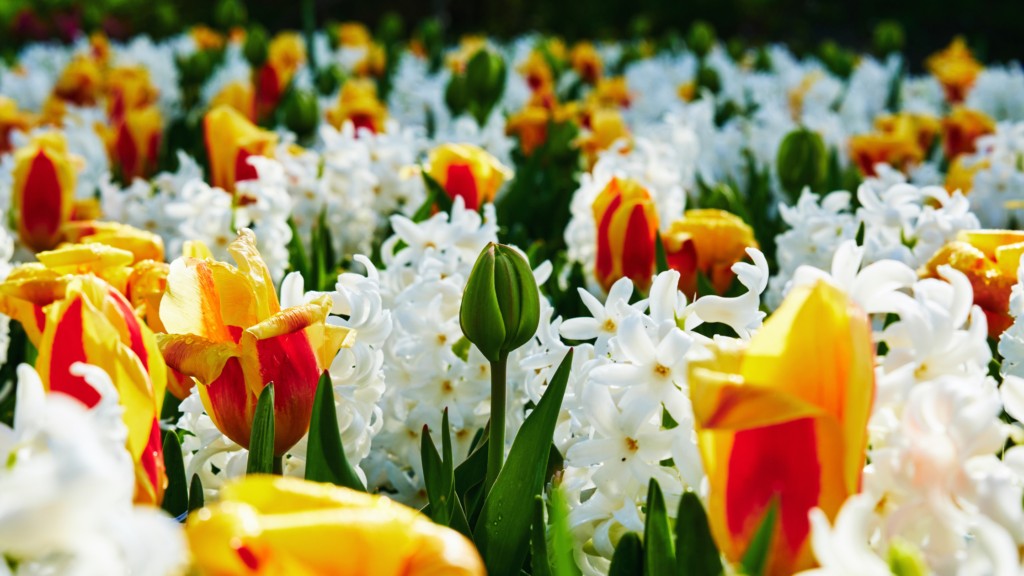
4. Planting Times by Zone:
–Zone 3-4: Plant bulbs in late September to early October before the first frost. Choose hardy bulbs like tulips and daffodils, which can withstand the cold winters.
–Zone 5-6: Early to mid-October is the ideal planting time. Consider planting hyacinths and alliums, which thrive in these zones and provide vibrant spring blooms.
–Zone 7-8: Plant bulbs in late October to early November. In these warmer zones, crocuses and snowdrops are excellent choices for early spring color.
–Zone 9-10: November to early December is the best time for planting. Opt for bulbs like paperwhites and amaryllis, which are well-suited to these mild climates.
5. Watering and Mulching:
After planting, water the bulbs thoroughly to help them establish roots before the ground freezes. To protect them from extreme cold, apply a layer of mulch, such as straw, shredded leaves, or pine needles, over the planting area. This mulch also helps retain soil moisture and prevents weeds from growing.
6. Protecting Your Bulbs
Fall bulbs can be a tasty treat for rodents like squirrels and voles. To protect your investment, consider placing chicken wire over the planting area before applying mulch. Another option is to use bulb cages or plant deterrents like crushed gravel or sharp sand in the planting hole to make it less appealing to pests.
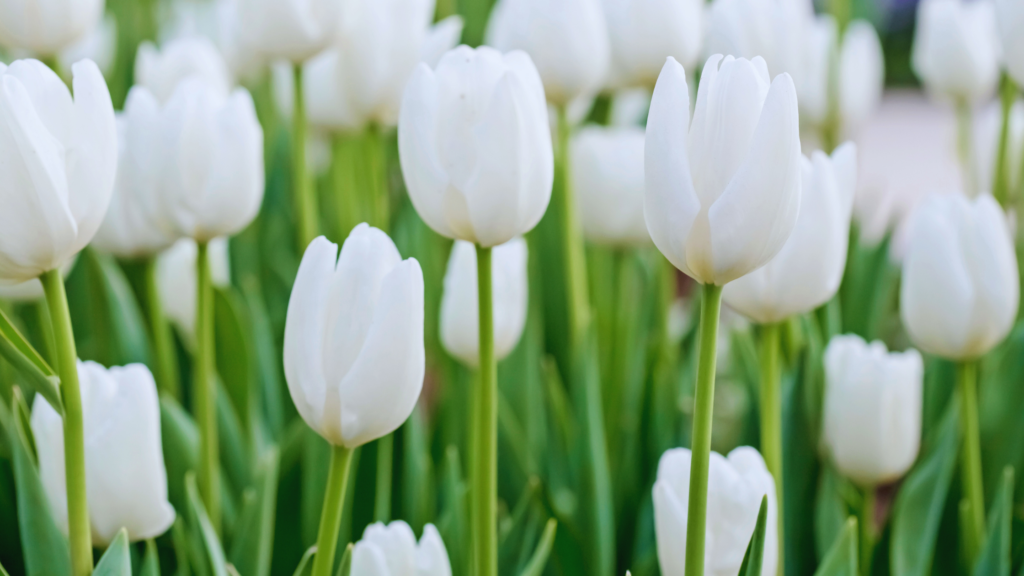
Planting fall bulbs is a simple yet rewarding way to ensure a vibrant and colorful garden in the spring. By selecting the right bulbs, preparing the soil, and following proper planting and care techniques, you’ll set the stage for a stunning display that will brighten your garden after the winter months. So grab your gloves and trowel, and get planting—your future self will thank you when those first blooms start to appear!
Planting bulbs is a physical task initially but the long term reward is endless! Enjoy! x
For more Fall Flower ideas consider theses late bloomers: Late Season Blooms: 5 Flowers to Plant in Late Summer/Early Fall
Sources
- Gardeners’ World
- The Spruce
- RHS Gardening
